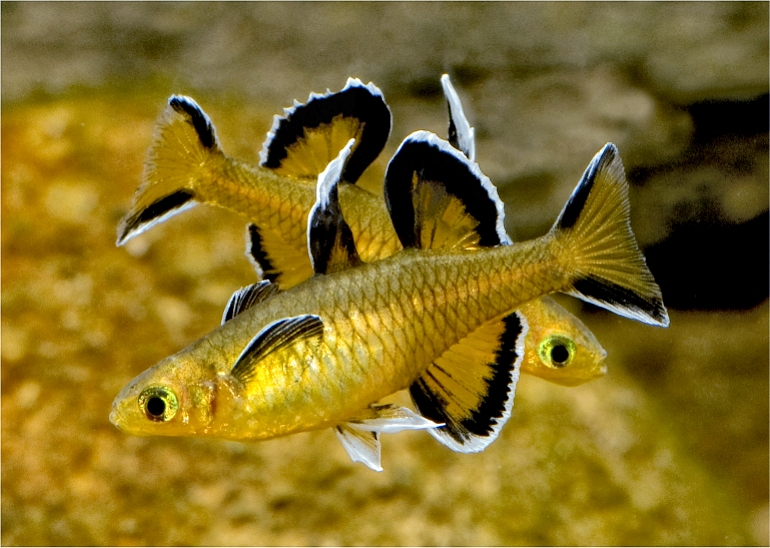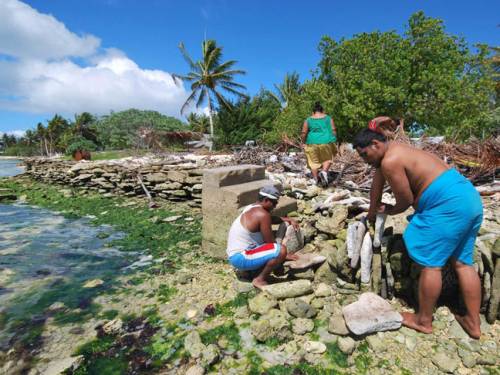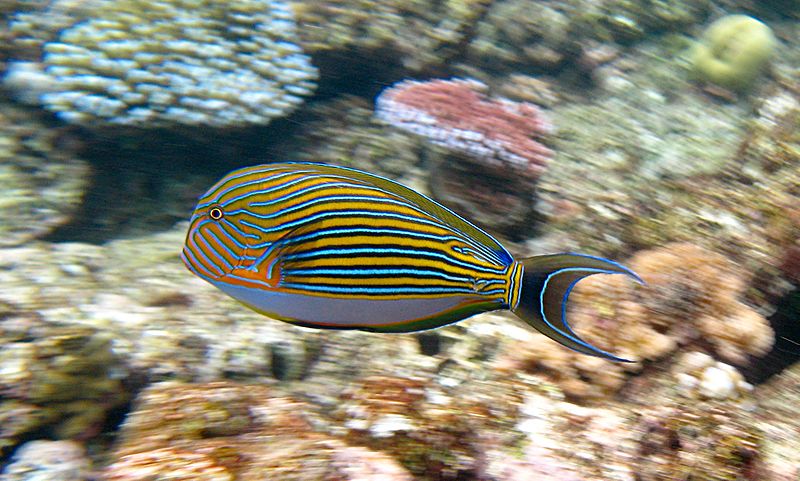By Stephen Garnett, Charles Darwin University at The Conversation
It will be no surprise that a recent analysis of biodiversity funding round the world found that Australia was among the 40 countries spending least in comparison to our global legacy of species. Now, thanks to the axing of the Biodiversity Fund to compensate for lost income from shifting to a floating carbon price, we may join countries like Iraq and the Congo at the very bottom of that list.

Australia used to care about conservation but do cuts to the Biodiversity Fund show we’ve turned our back on nature? Photo: Peter9914/Flickr
The tragedy for Australia’s animals and plants, and for those who value their persistence, is that this is seen as politically possible. How is it that a country in which stopping the damming of the Franklin River and the logging of Queensland’s rainforests were once seen as winning political causes, can now cut A$213 million for biodiversity conservation as an act of political expediency?
There certainly seems to be little resistance from the conservative parties. To do so would confuse an image that is increasingly anti-environment. The Opposition cannot wait to return control of environmental decision-making to the states, regardless of the consequences. Similarly one cannot imagine their colleagues in Queensland, NSW or Victoria would greatly mourn the loss of a program that could possibly impinge on their aspirations for resource development and the primacy of grazing over other environmental values.
So will there be any backlash for the cuts? Where are today’s Liberals for the Forests who brought down the Court government in Western Australia? Has the rump of a green Labor faction any traction under the new Rudd hegemony? One suspects not. Biodiversity, at its cost, has gone from being a mainstream issue for which all parties felt a need to pay at least a token interest to one now seen as increasingly the province of the Greens. And the Greens, naturally, are happy to represent it as strongly as they can.
Ironically, however, I suspect the very strength of the Greens has weakened the political voice for environmental issues further along the political spectrum. Branch meetings of the National party may hear even less often from farmers concerned about rare species on their properties. Unionists who once led campaigns for green space must now get short shrift in Sussex Street.
Over-egging of the pudding by conservation advocates has not helped. Claims of impending environmental catastrophe have often failed to eventuate in a political timeframe. Climate change is coming but we are not going to cook or drown tomorrow. Peak oil seems perpetually postponed. These are desperate, real issues, but they are not The Day after Tomorrow.
In the same vein some groups unhelpfully exaggerate to get money. A recent TV advertisement claimed orang-utans will be extinct in the wild by 2015. This is untrue and those giving money to the appeal will have done so under false pretences.
Exaggeration detracts from real environmental tragedies, like the first extinction of an Australian mammal in 40 years. Loss of the Christmas Island Pipistrelle was predicted, preventable and on land managed by the Commonwealth for conservation. When it went there was no coronial inquiry, no heads rolled, extinction became politically possible.
At the same time the conservation movement rarely leavens warnings with messages of hope. Understandably, school children dread their gloomy environmental classes. Conservation is in danger of replacing economics as the dismal science. Yet Australia has been extraordinarily successful in some areas of conservation. For instance the rescue of Macquarie Island from feral animals by the Tasmanian Parks service has been nothing short of extraordinary. Politicians, of whatever stripe, need praise and reinforcement for their achievements.
Scientists have also contributed. Conservation biologists tend to paint the bleakest picture of the future. And we alienate with our language. We talk of biodiversity when the public worries about koalas and animals and plants they can see and touch and imbue with human qualities. Most of the political strength of animals and plants comes from a feeling of moral outrage at the impending loss of something loved. A “Biodiversity” Fund is evidently expendable. I wonder if a fund that reflects society’s real affection for nature would have been less so.
Finally I think our primary piece of environmental legislation, the Environmental Protection and Biodiversity Conservation Act, has been letting down conservation by heavily enforcing the trivial at the expense of the important. Certainly recent moves to expand strategic assessments should lead to more sensible planning, and the Act has proved critical to constraining some potentially disastrous developments. Nevertheless a history of irritating and expensive conditions placed on localised developments has created incentives for companies to lobby for far weaker environmental laws.
The Greens will fight hard to recover the lost Biodiversity Fund. However the Greens do not own the environment, and their vote may have peaked. For me at least, protecting animals and plants is fundamental to civilization, a unique privilege and responsibility of humanity. Like the empowerment of minorities and the expression of creativity through the arts, it should be an ideal above party politics, and an aspiration of all political parties.
A fund for preventing extinctions and keeping precious common species common should be a core responsibility for government, an appropriate locked-in use of our taxes, and a mechanism to leave a healthy diverse landscape to our descendants.
Stephen Garnett receives funding from the Australian Research Council and has consulted to or worked closely with government, industry and conservation NGOs
![]()
This article was originally published at The Conversation.
Read the original article.














